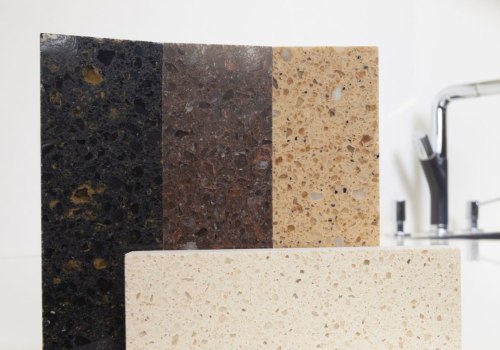Reusing kitchen countertops is not only possible, but in many cases, it’s a sustainable and budget-friendly option for homeowners undergoing renovations. While most people assume that countertop materials are meant to be replaced once removed, many surfaces—particularly granite, quartz, butcher block, and even laminate—can be salvaged and repurposed with the right care and planning. The reusability of a countertop largely depends on the material, condition, and how it was originally installed. For example, countertops that were glued directly to cabinetry with heavy adhesive may be difficult to remove without cracking, while those that were secured with brackets or caulk are far more likely to come out intact. This makes a strong case for working with reputable contractors who understand the importance of careful removal and can assess whether your countertops can be reused in another part of the kitchen, bathroom, garage, or even as outdoor furniture surfaces.
Material Matters: Which Countertops Can Be Reused?
Some countertop materials are better suited for reuse than others. Natural stone surfaces like granite and marble are incredibly durable and can be repurposed as long as they aren’t cracked or severely chipped during removal. Quartz, while also hard and long-lasting, can be more brittle and may be prone to damage if not handled carefully. Butcher block is highly versatile—it can be refinished, cut down, and shaped for new applications like desktops, shelving, or smaller kitchen islands. Laminate, often considered the least durable, can still be reused in utility areas or rental properties if it's in good condition. Tile countertops are usually the most challenging to reuse as individual tiles may pop off or the grout can crumble during the removal process, though creative homeowners sometimes salvage intact sections for backsplashes or craft projects.
How Removal Affects Reusability
The key to reusing kitchen countertops lies in how they are removed. Precision, patience, and the right tools make all the difference. Attempting a DIY removal without proper knowledge often leads to irreversible damage—chipping corners, cracking seams, or weakening structural integrity. Professional installers and contractors are better equipped to lift and transport heavy slabs without compromising the material. In fact, most damage occurs not during usage, but during hurried or rough removal. If you’re even considering the possibility of reuse, make sure the demolition phase is handled carefully and with reinstallation in mind. This is another reason to avoid rushing through renovation prep; a bit more time and planning can save a lot in replacement costs.
Creative Ways to Repurpose Countertops
Reused countertops can find new life in a variety of places. One of the most popular ways is incorporating the old surface into a different part of the house—such as turning a section of granite into a bathroom vanity, a garage workbench, or even a mudroom shelf. Smaller sections can be cut and used as cutting boards, tabletops, fireplace surrounds, or garden benches. If you’ve got an eye for design, leftover countertop material can be integrated into new tile patterns or used as part of a creative outdoor kitchen. These upcycling ideas are not only cost-effective but also eco-conscious, helping reduce landfill waste from renovation projects. Additionally, offering salvaged countertops to community groups, schools, or resale stores like Habitat for Humanity ReStores can be a great way to contribute to sustainability initiatives.
Limitations and Considerations
Despite the advantages of reusing countertops, there are some limitations. The most obvious is size—if your new kitchen layout differs significantly from the old one, the countertop sections may not fit without noticeable seams or gaps. Cutting down the material is possible, but it requires precise measurement and, in the case of stone, specialized tools. Color and pattern consistency can also be a concern, especially if you’re trying to match old material with new cabinetry or paint. There may also be labor costs involved in refinishing or modifying the material to suit its new location. These limitations should be weighed carefully before committing to reuse. In some cases, it may still be more practical or visually appealing to invest in new surfaces, especially if you're doing a full-scale kitchen renovation.
Conclusion: Reuse with Intention and Expertise
In the end, kitchen countertops can absolutely be reused, but doing so successfully requires thoughtful planning, professional removal, and a bit of creative flexibility. The potential cost savings and environmental benefits make it a worthwhile consideration for homeowners who are conscious of both budget and sustainability. Whether you’re aiming to preserve high-quality stone, breathe new life into butcher block, or find a second use for old laminate, the key is to approach the process intentionally—and with help from reputable contractors who understand the nuances of countertop removal and repurposing. When done right, countertop reuse isn’t just a clever hack—it’s a smart, responsible step in any renovation journey.






